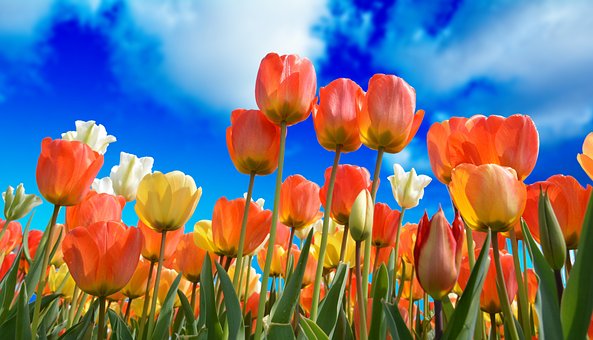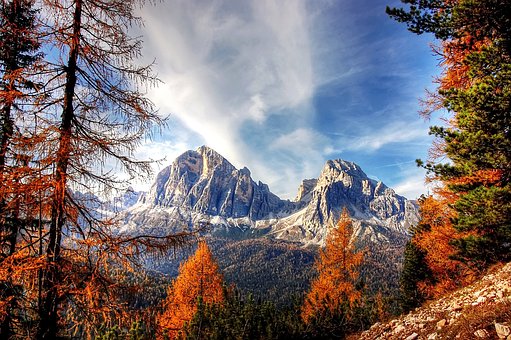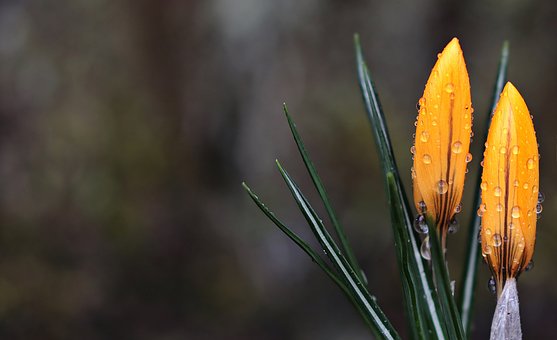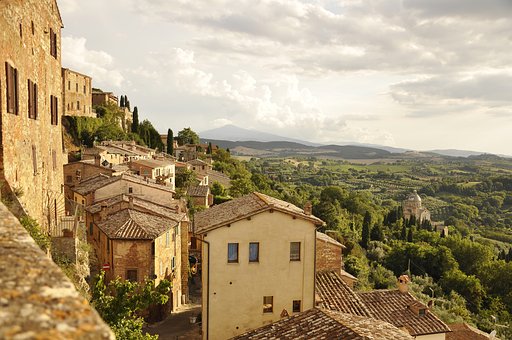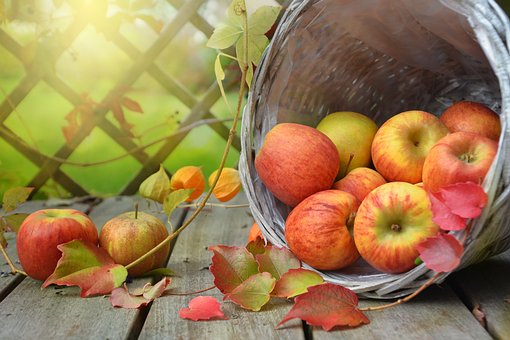Despite the fact that buddhas and bodhisattvas have transcended relative truth, not having a body of flesh and body, in order to liberate us, still they manifest a body of flesh and blood. BuddhaAmitabha of the Pure Land can’t liberate us, neither does Buddha Samantabhadra; although the sambhogakaya and the nirmanakaya of buddha are sublime, they are not able to liberate us, because they can’t communicate with us. Thus a teacher in a relative sense is vital.
~Depicted from LUMINOUS WISDOM BOOK SERIES


